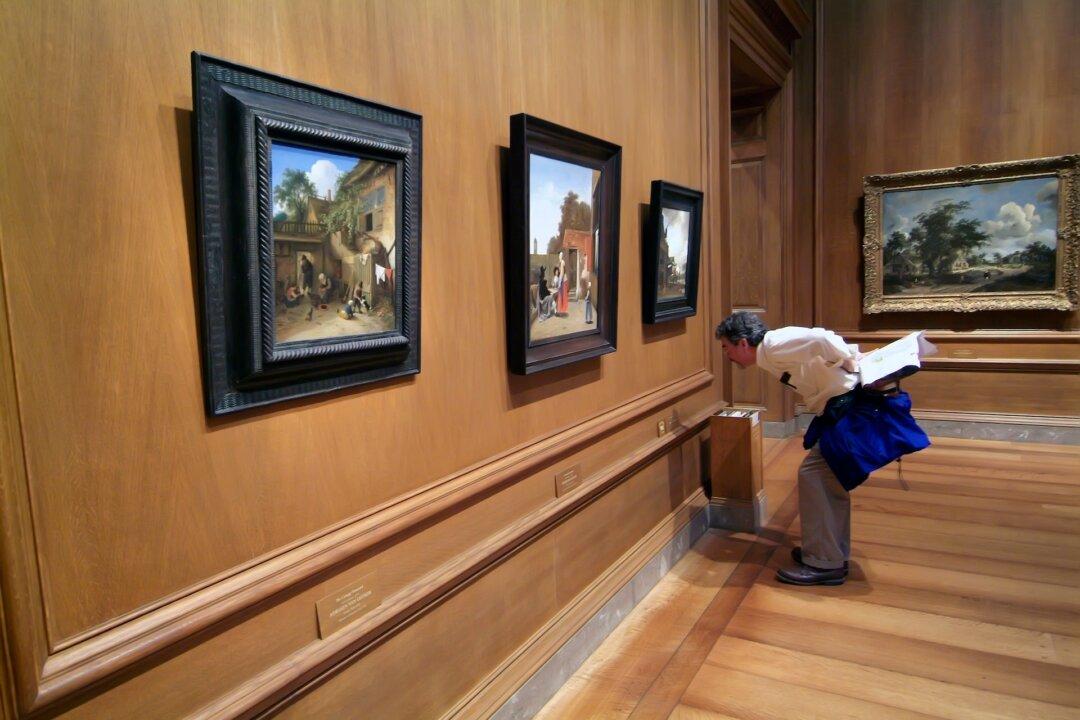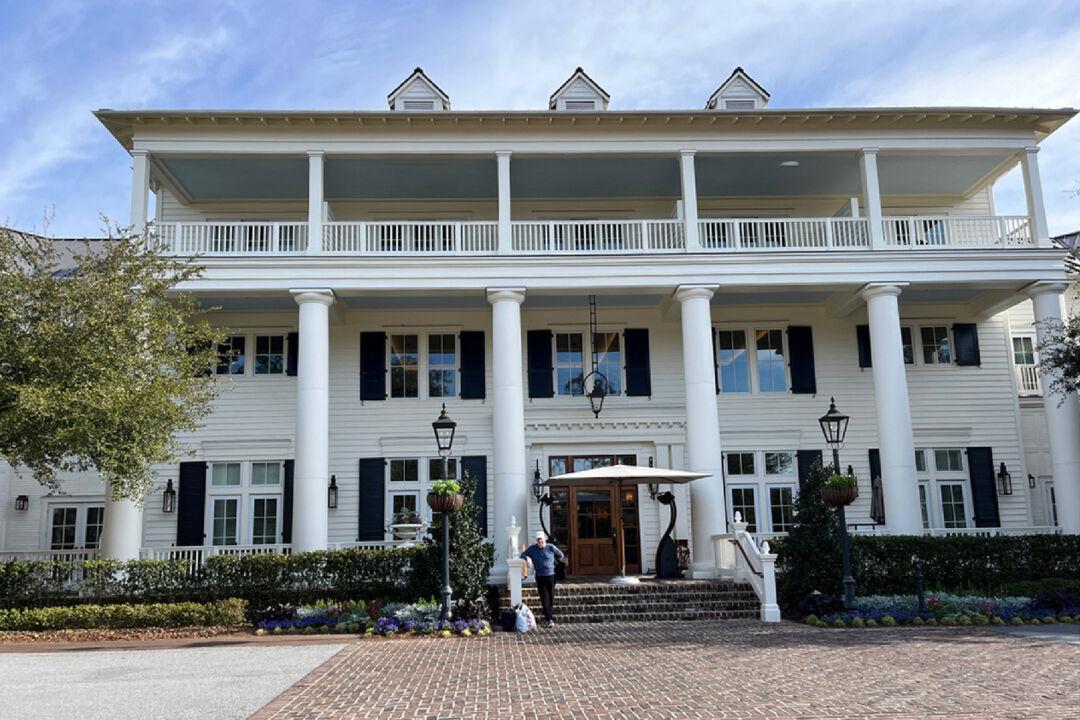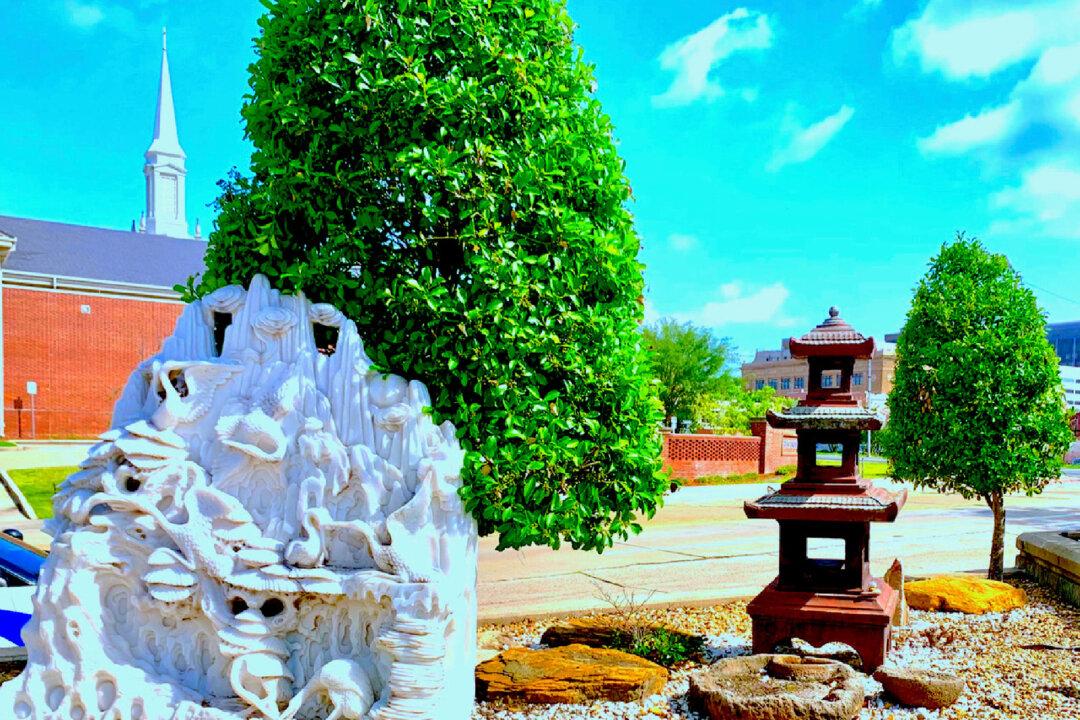On the second night we were at the Tambopata Jungle Resort in Peru, our guide, Juan, took us for a boat ride to spot caimans. He used his big flashlight to spot the beady eyes watching us from just above the water level. Suddenly he reached over and pulled a four-foot young caiman into the boat with us. He laughed at his success, tossed the animal back into the water, and turned the boat toward the dock.
Morning dawned with beautiful weather for our hike to a lovely swimming lake. The lodge provided knee-high galoshes and a raincoat. Juan assured us the hike was short and he had everything we'd need. We set off down the mud steps and into the boat that had had an unreliable motor the previous day.
We made it across the very wide river in about a half-hour, arriving at the University Research Station for Jungle Research. We expected a modern building but instead walked up the small trail to find a few grass huts. Just behind these was the dense jungle with a three-foot-wide trail cleared for people to pass through along the same pathway animals use to the lake.





